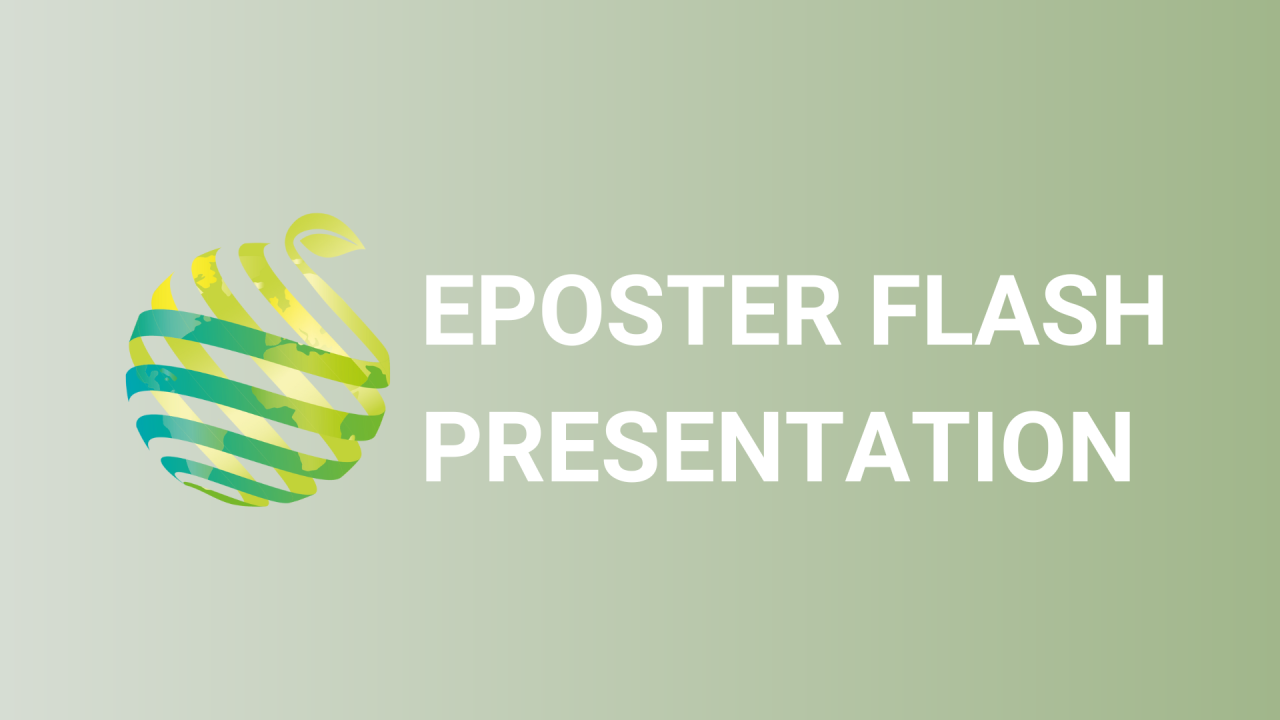

S23 - Session P8 - Simulating in-transit ripening of cv. ‘Honey Gold™’ mango fruit to predict quality outcomes
Information
Authors: Khamla Mott *, Allan Lisle, Daryl Joyce, Peter Hofman, Andrew Macnish, Bhesh Bhandari, Robyn Cave
Currently, Australian commercial mangoes supplied for domestic markets involve artificially ripening fruit with ethylene (C 2 H 4 ) in ripening centres located ~3000 km from northern production areas. An alternative is to use existing refrigerated road and / or rail transport trailer infrastructure to initiate mango ripening in-transit, potentially reducing costly fruit storage and ripening at the markets. A range of transit temperatures and gas combinations were compared in simulations of in-transit ripening for cv. 'Honey Gold TM ' mango fruit. Treatment effects on fruit quality and time to eating soft were assessed. Experiments were conducted for two harvest seasons with fruit from three growing regions. Air, C 2 H 4 , and carbon dioxide (CO 2 ) were supplied in flow-through systems. Treatments were 0, 1, 4 and 8% CO 2 , 0, 20 and 80 µL L -1 C 2 H 4 , and 18, 22 and 26°C. Treatment duration was 4 days, a typical transport time from northern growing regions to southern ripening and distribution centres in Australia. Fruit exposed to 20 and 80 µL L -1 C 2 H 4 and 22 and 26°C reached eating ripe before those without exogenous C 2 H 4 at 18°C. The higher C 2 H 4 concentrations of 20 and 80 µL L -1 and temperature of 22 and 26°C obviated negative impacts of elevated CO 2 on skin colour and total soluble solids. Regression models were simplified by removing non-significant terms to develop an Excel TM quality prediction model. This decision aid tool may be adopted to predict changes in fruit quality parameters in response to temperature, C 2 H 4 and CO 2 prevailing during in-transit ripening.